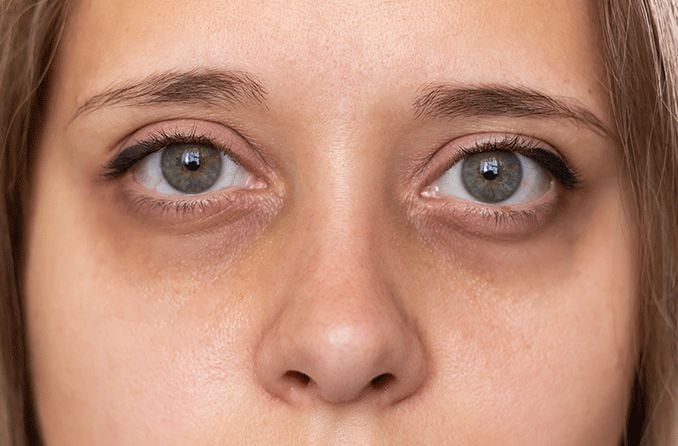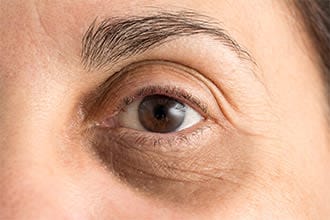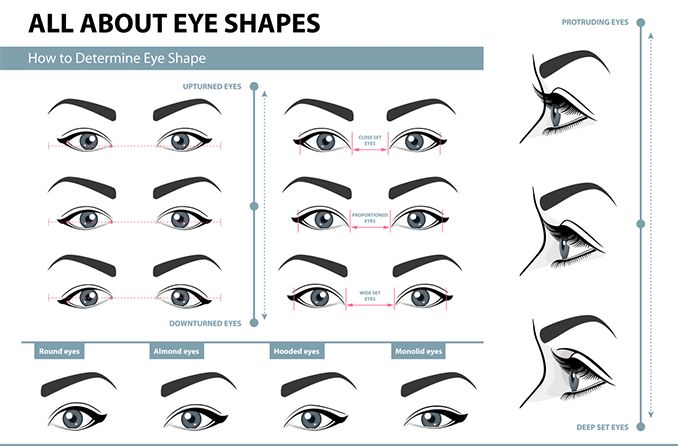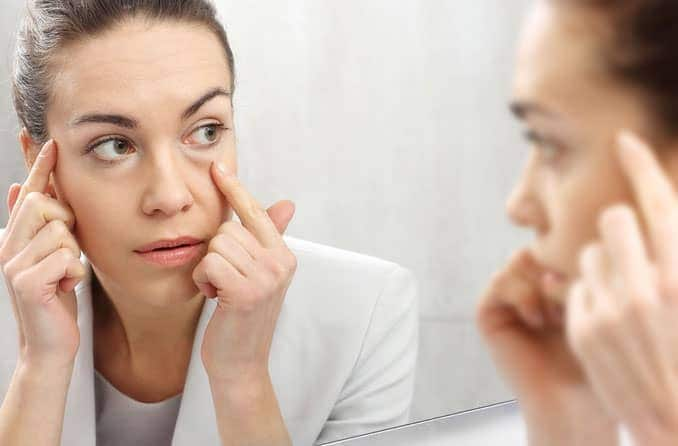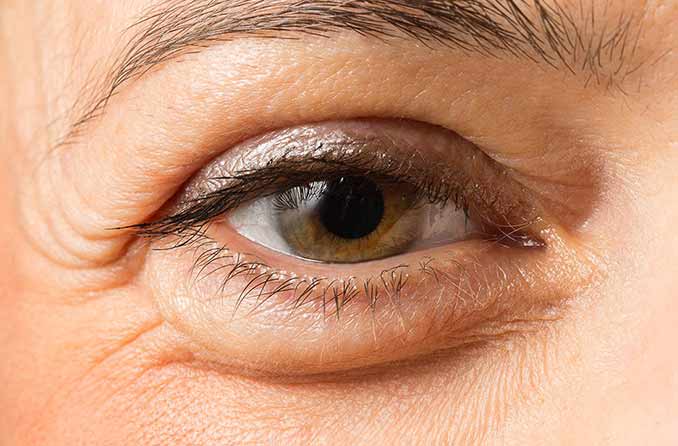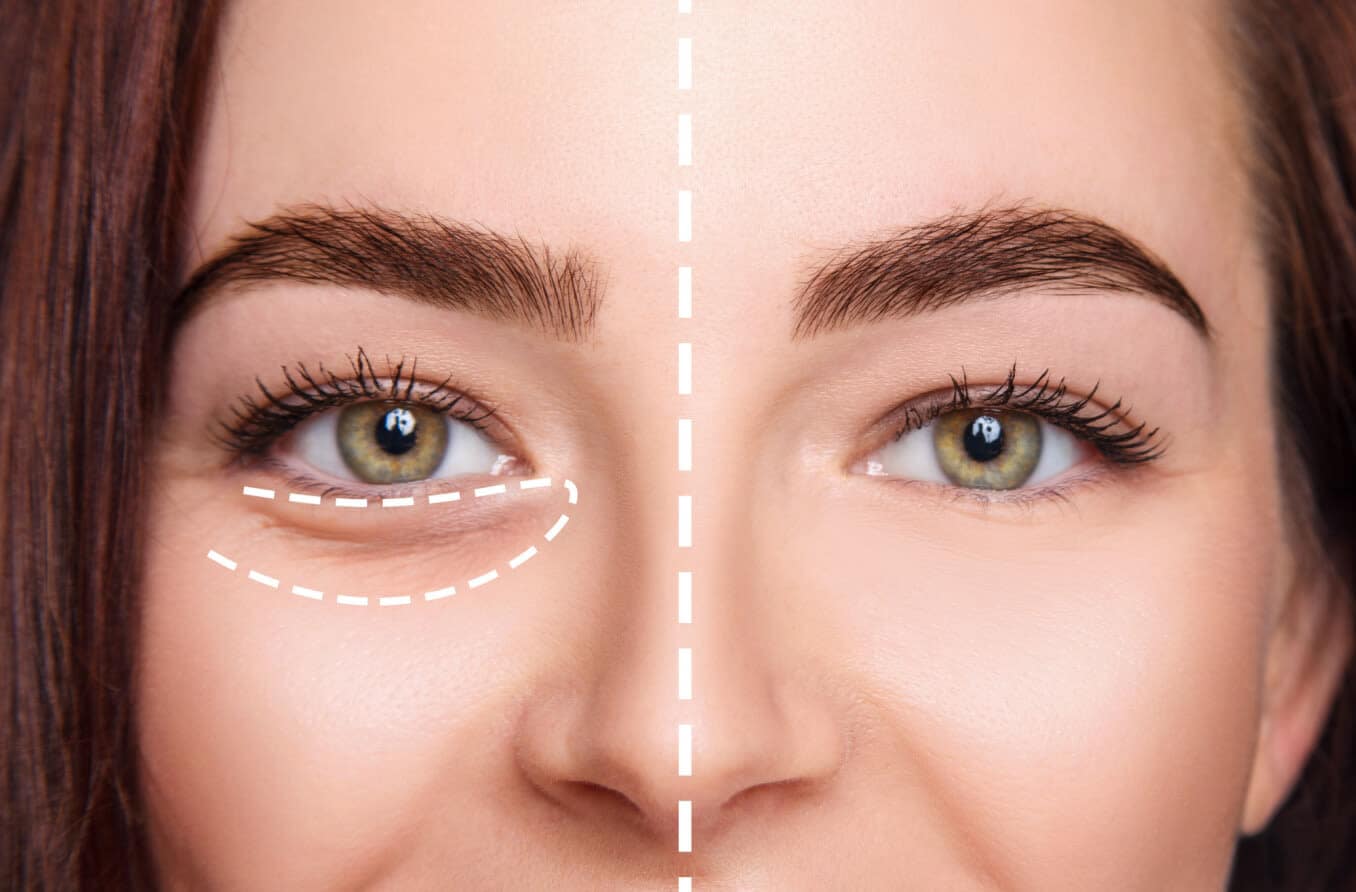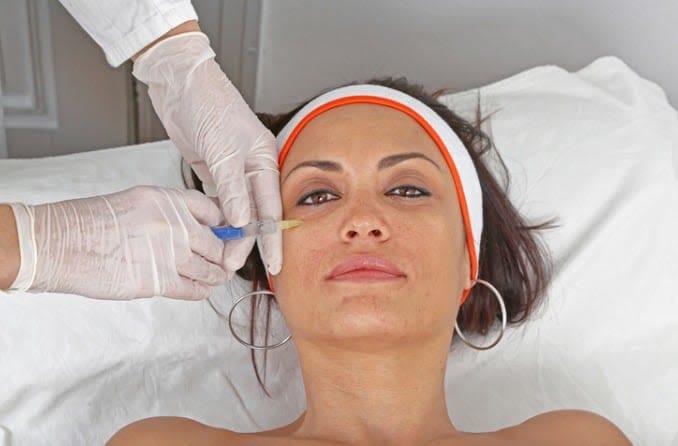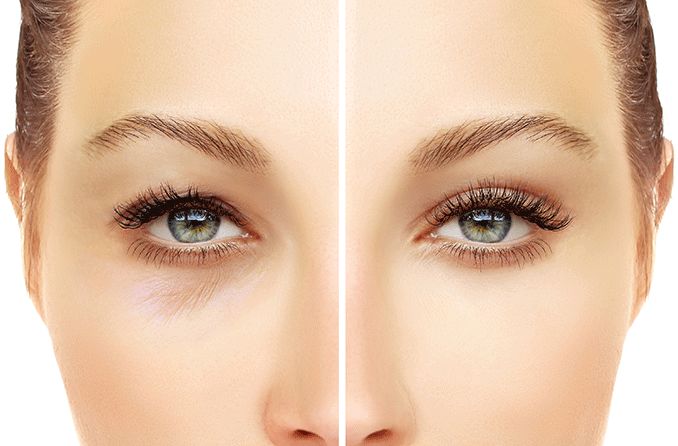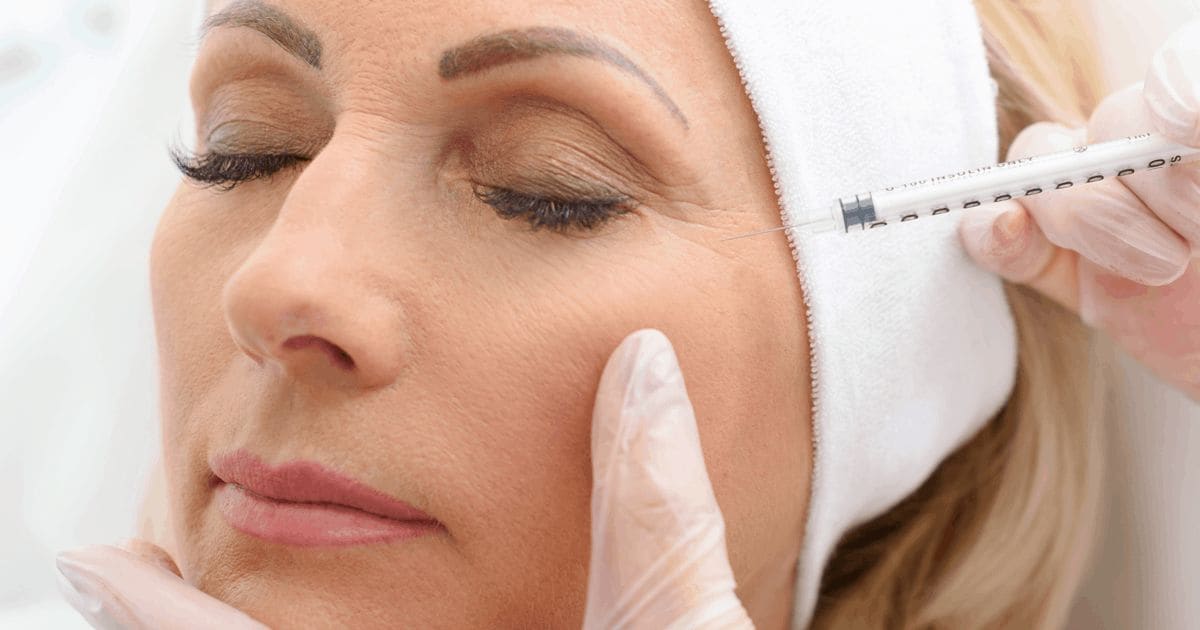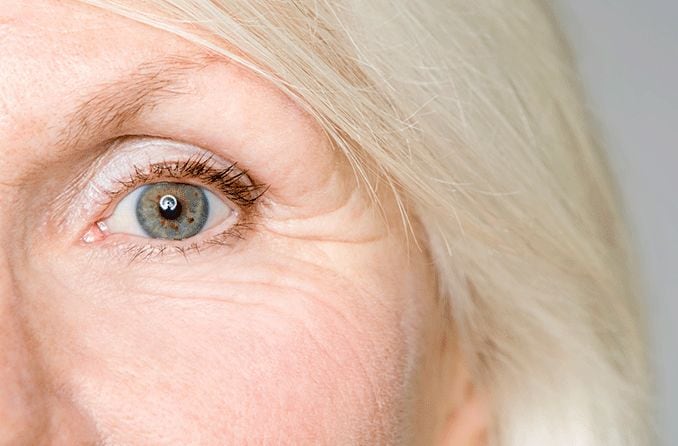It’s possible that the dark circles under your eyes are because of the natural aging process. As we get older, our skin loses collagen and becomes thin. Thinner skin can make the blood vessels beneath it more visible, making the under eye area appear darker.
Besides age, here are a few likely causes of the dark circles under your eyes:
Allergies
The body releases a chemical called histamine in response to an allergen, such as dust or pet dander. Histamine causes the blood vessels to dilate, which can make them more visible from under your skin.
Excessive rubbing of the eye area
Histamine can cause the eyes to itch, which can prompt rubbing and scratching around the eye. However, excessive rubbing can result in swelling and inflammation or cause the blood vessels under the skin to break, which can cause dark circles.
Trauma
An accident that involves the eye being hit by an object can cause bruising around it (commonly referred to as a black eye), which can appear as dark circles. It’s also possible for a black eye to occur after cosmetic facial surgery, dental surgery or a severe sinus infection.
Genetics
In an article published in the Spokesman Review, Dr. Eve Glazier and Dr. Elizabeth Ko explain that genetic hyperpigmentation is a common cause of dark circles under the eyes. In these cases, the skin around the eyes is darker than it is on the rest of the face — a trait that can be inherited from a parent or family member.
Fatigue
Failing to get adequate sleep can cause your skin to appear dull. The paleness of the skin allows the blood vessels and darker tissues to become more visible through it. A poor night’s sleep can also cause bags under the eyes that may cast a shadow and give the illusion of dark circles.
Dehydration
Proper hydration is important for your overall health and appearance, as hydrating regularly creates a fresh, glowing plumpness to the face. The eyes are very close to the underlying orbital bone, so when we’re dehydrated, the eyes can look sunken or hollow and dark circles can appear.
Hyperpigmentation
Hyperpigmentation occurs when patches of skin appear darker than the rest of the skin in that area. It can happen anywhere on the body, though it’s most commonly seen on the face and hands. While genetics can play a role in hyperpigmentation, other factors such as sun exposure, hormones, or injury can also be responsible.
Smoking
According to a 2008 study done by the American College of Chest Physicians, cigarette smokers are four times more likely to feel unrested after a night’s sleep. This is likely because smokers spend less time in deep sleep than non-smokers. As mentioned earlier, fatigue can lead to under eye bags and dark circles.
Anemia (iron deficiency)
Proper levels of iron in the blood are important for circulating oxygen throughout the body. People with anemia can have dark circles under their eyes because there isn’t enough oxygen reaching the tissues in that area.
Other causes of dark circles under the eyes include:
SEE RELATED: Swollen eyelid: Causes & how to treat a swollen eyelid
